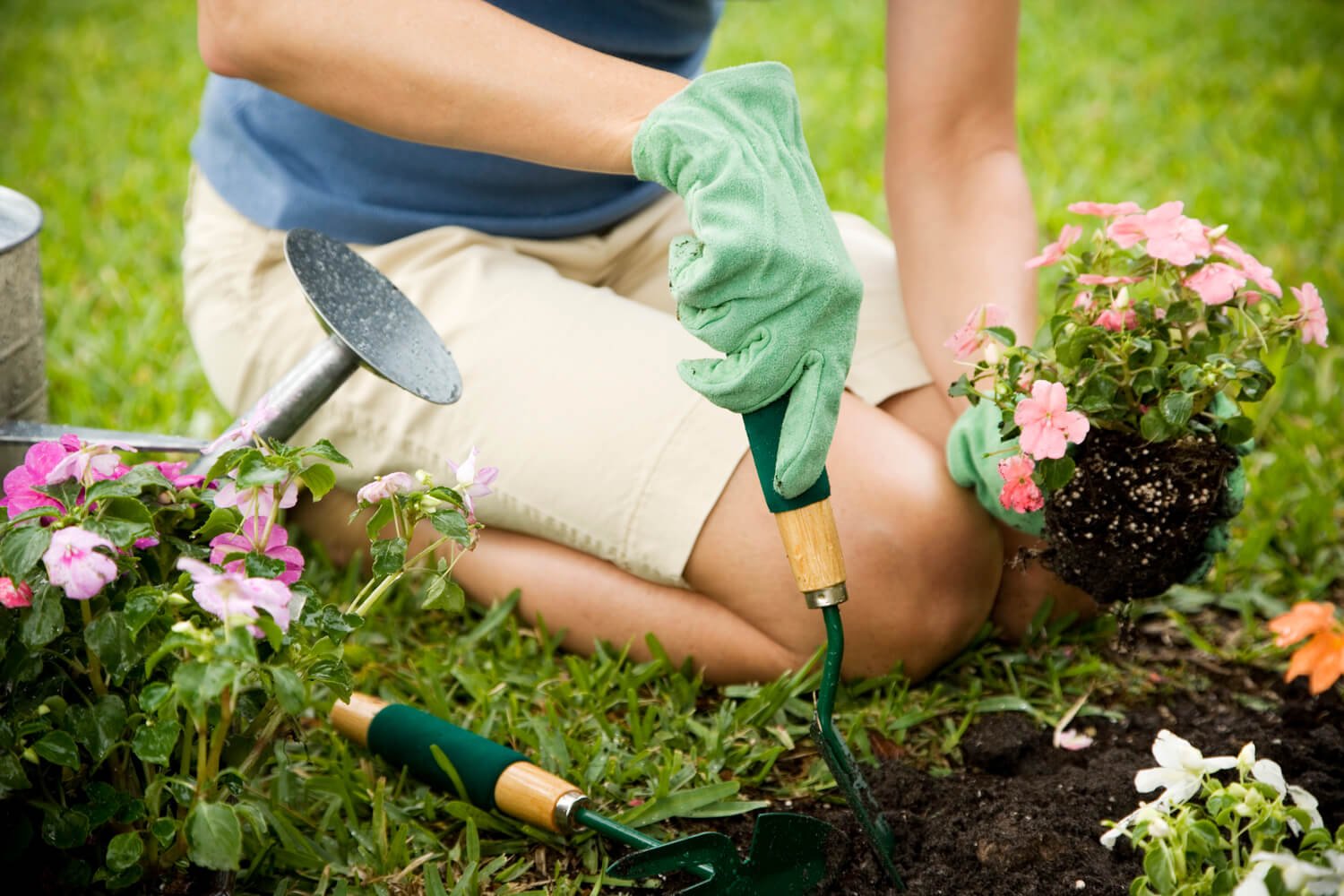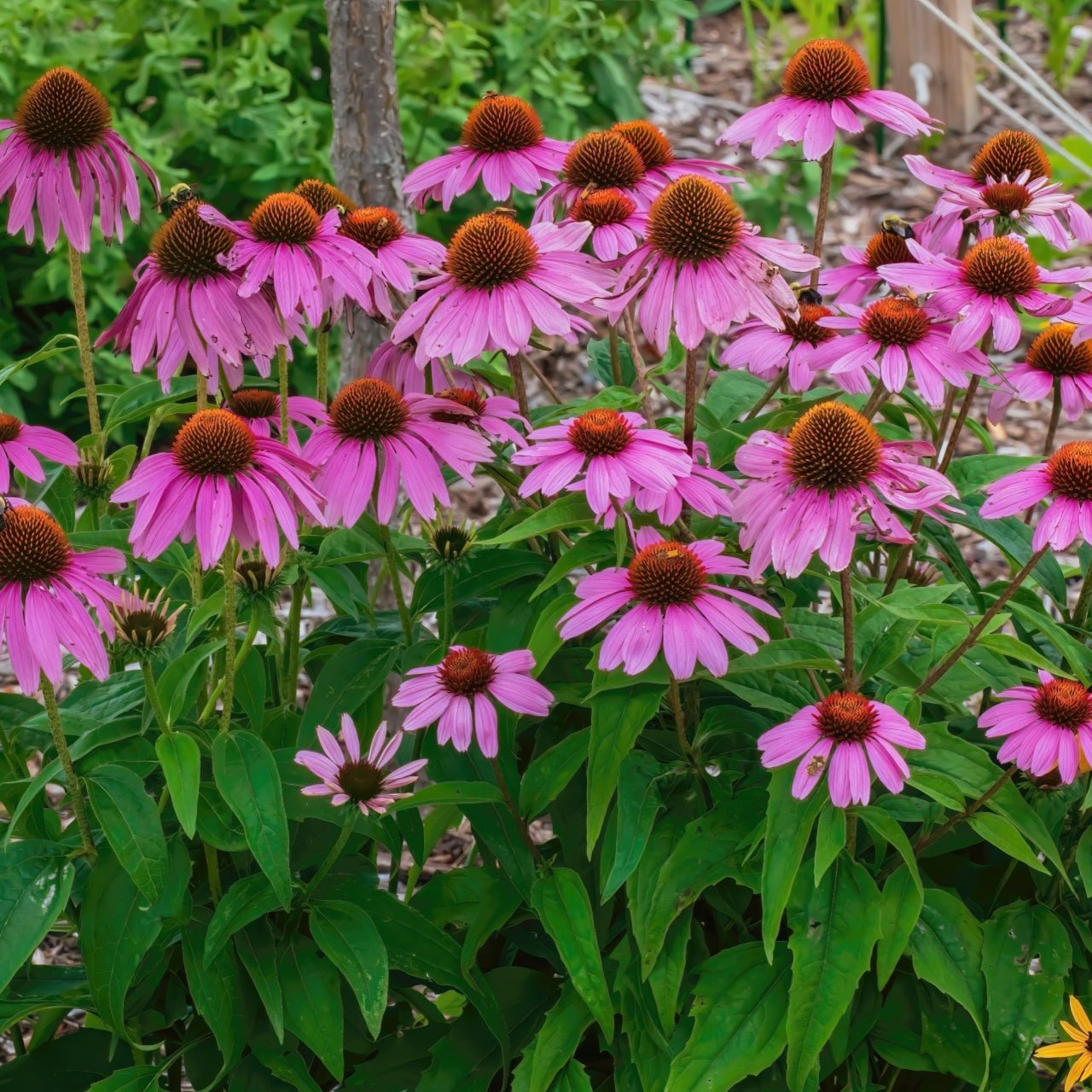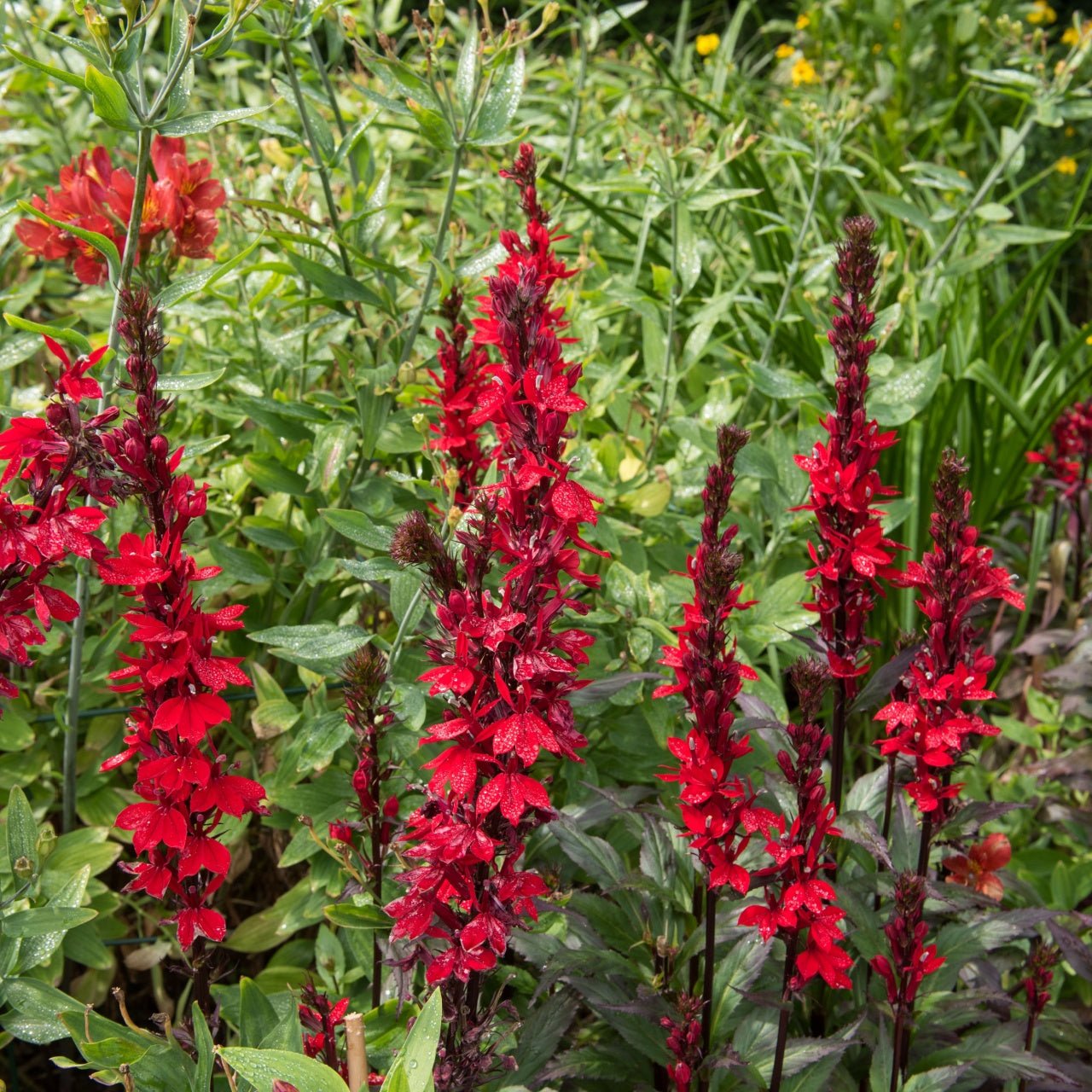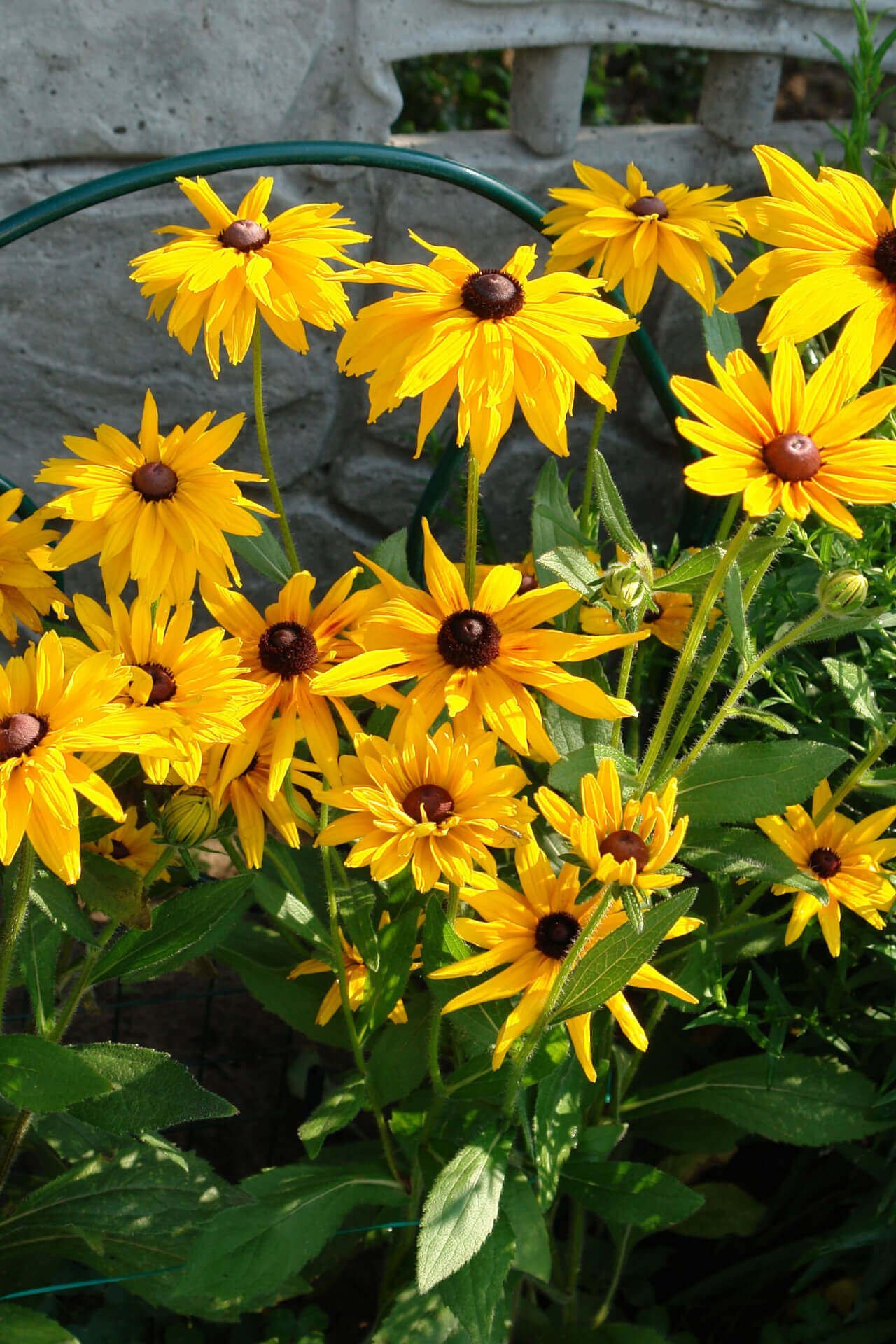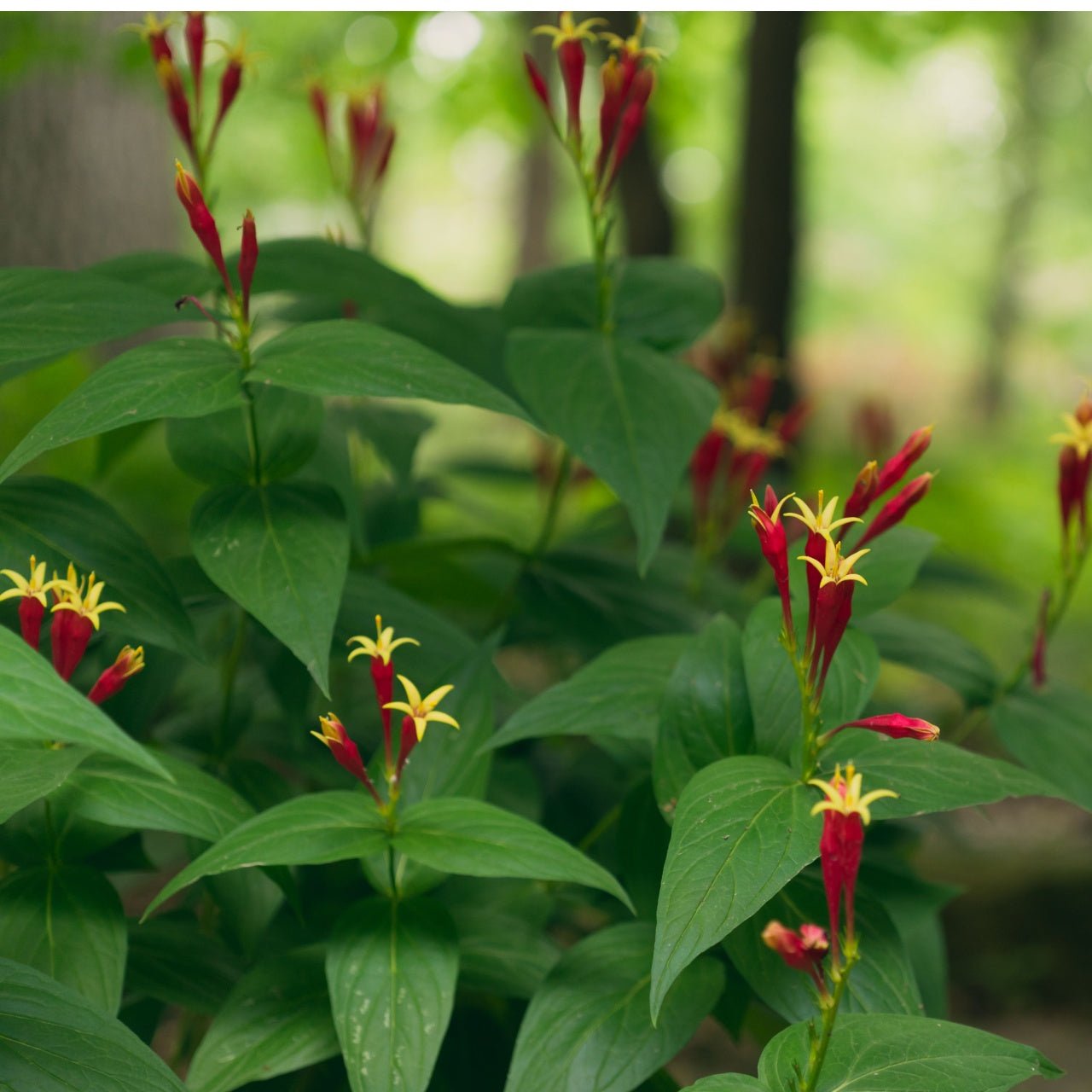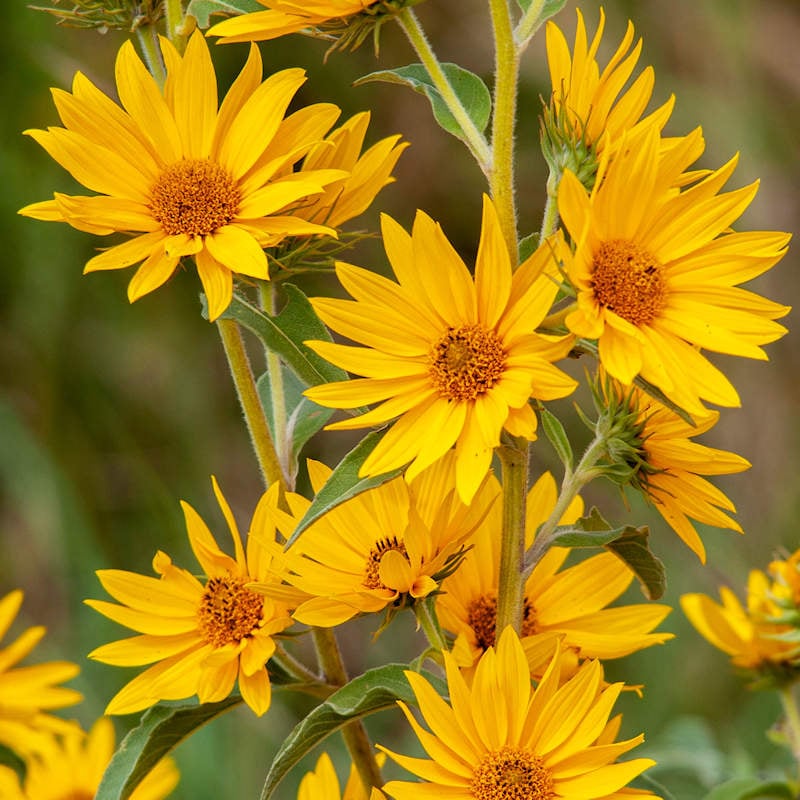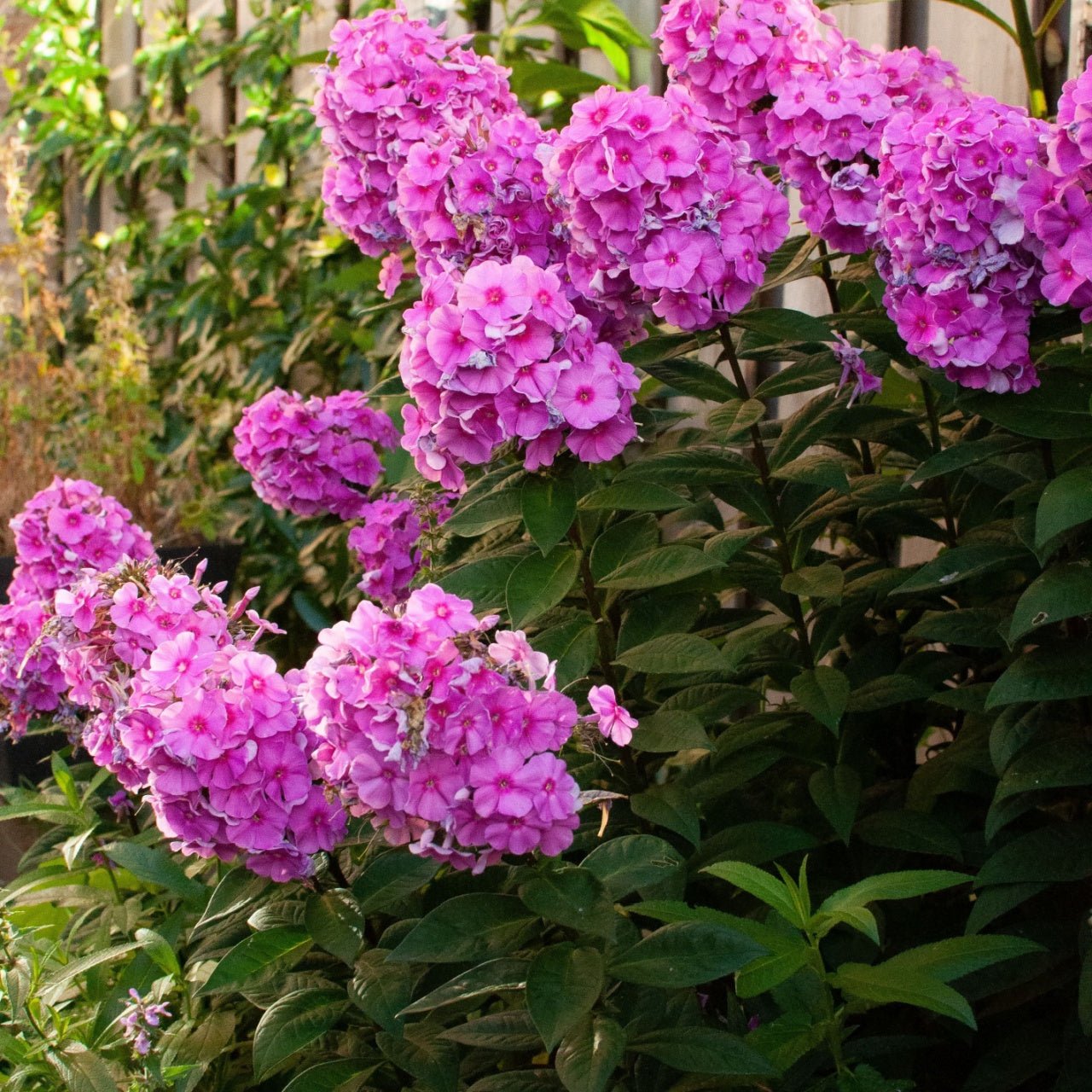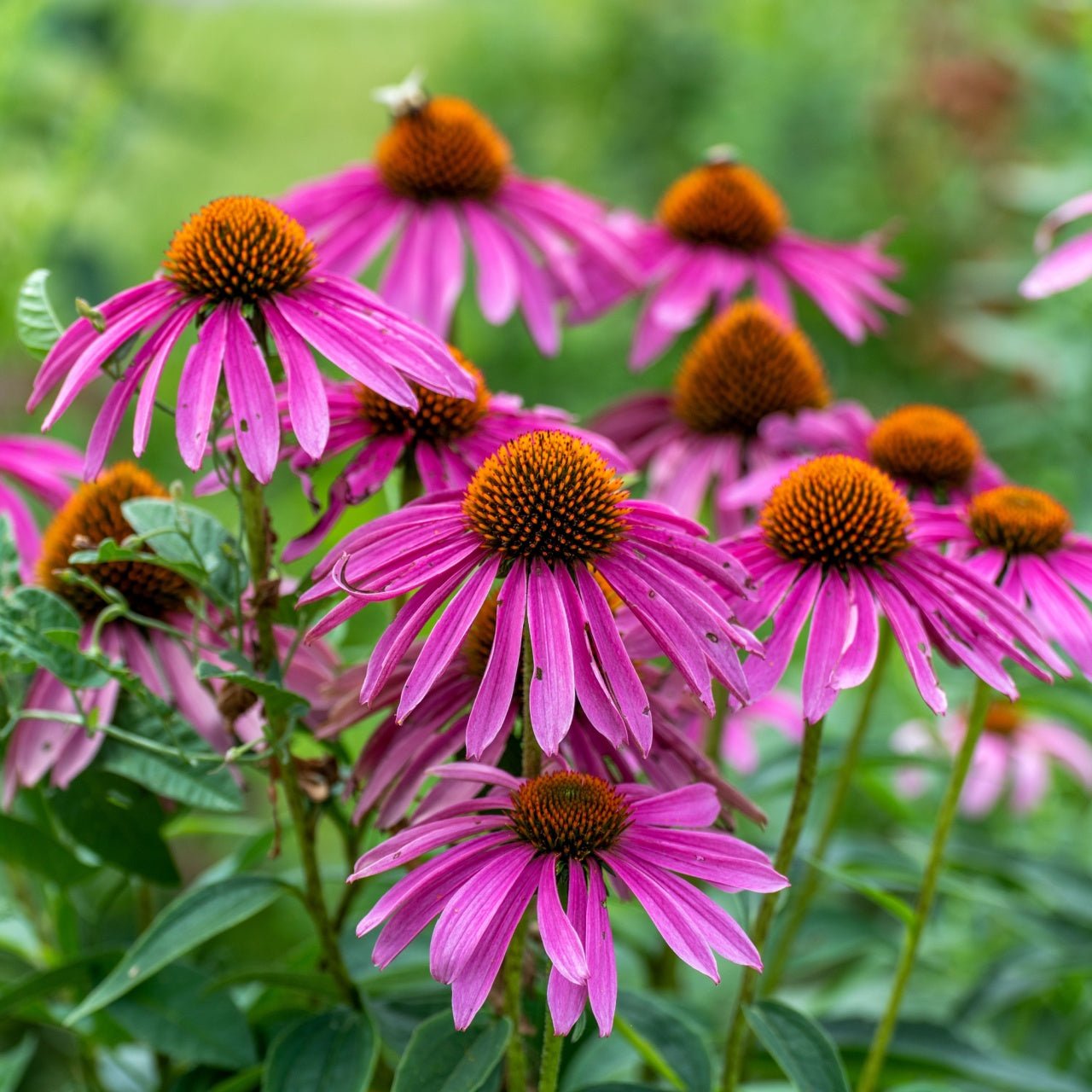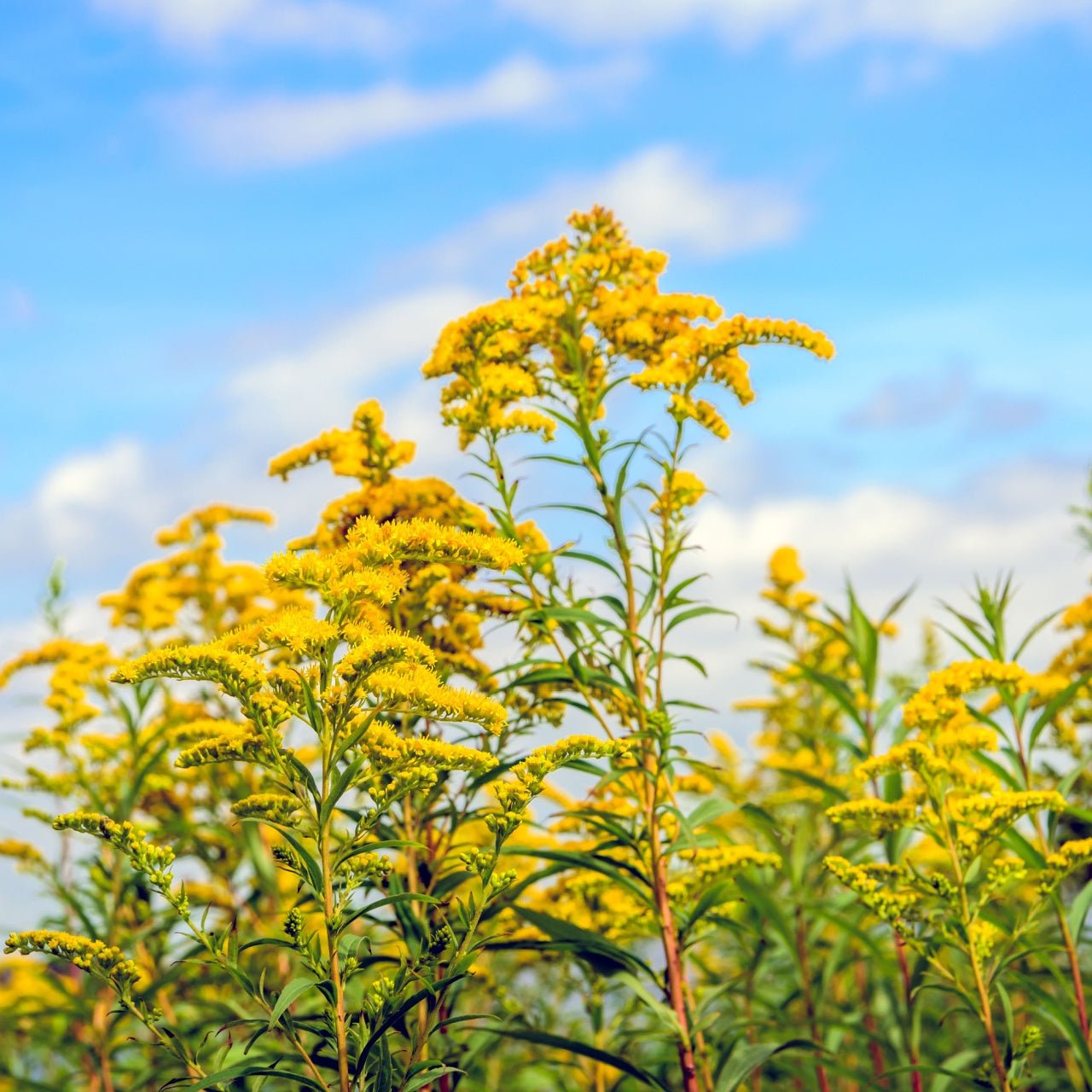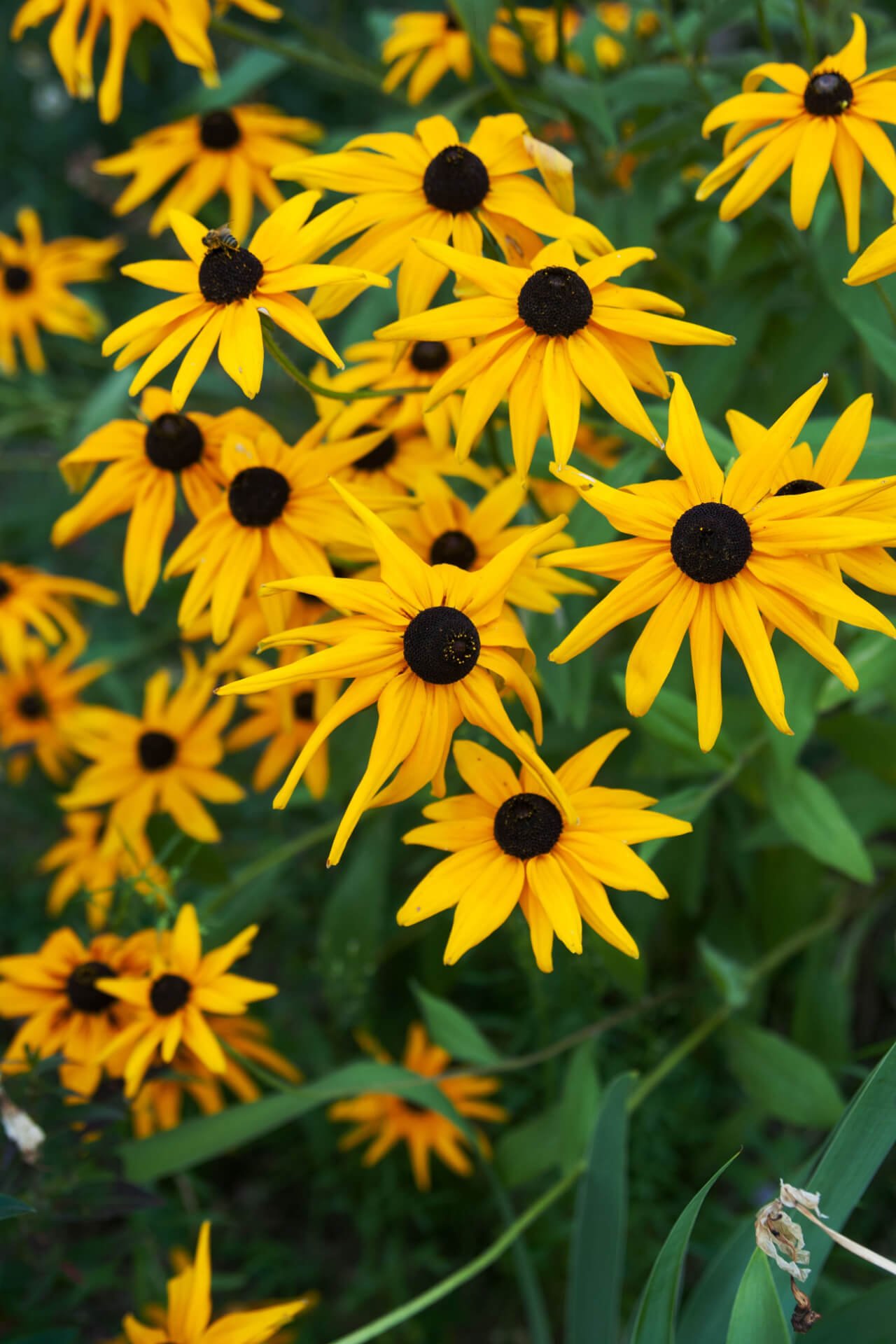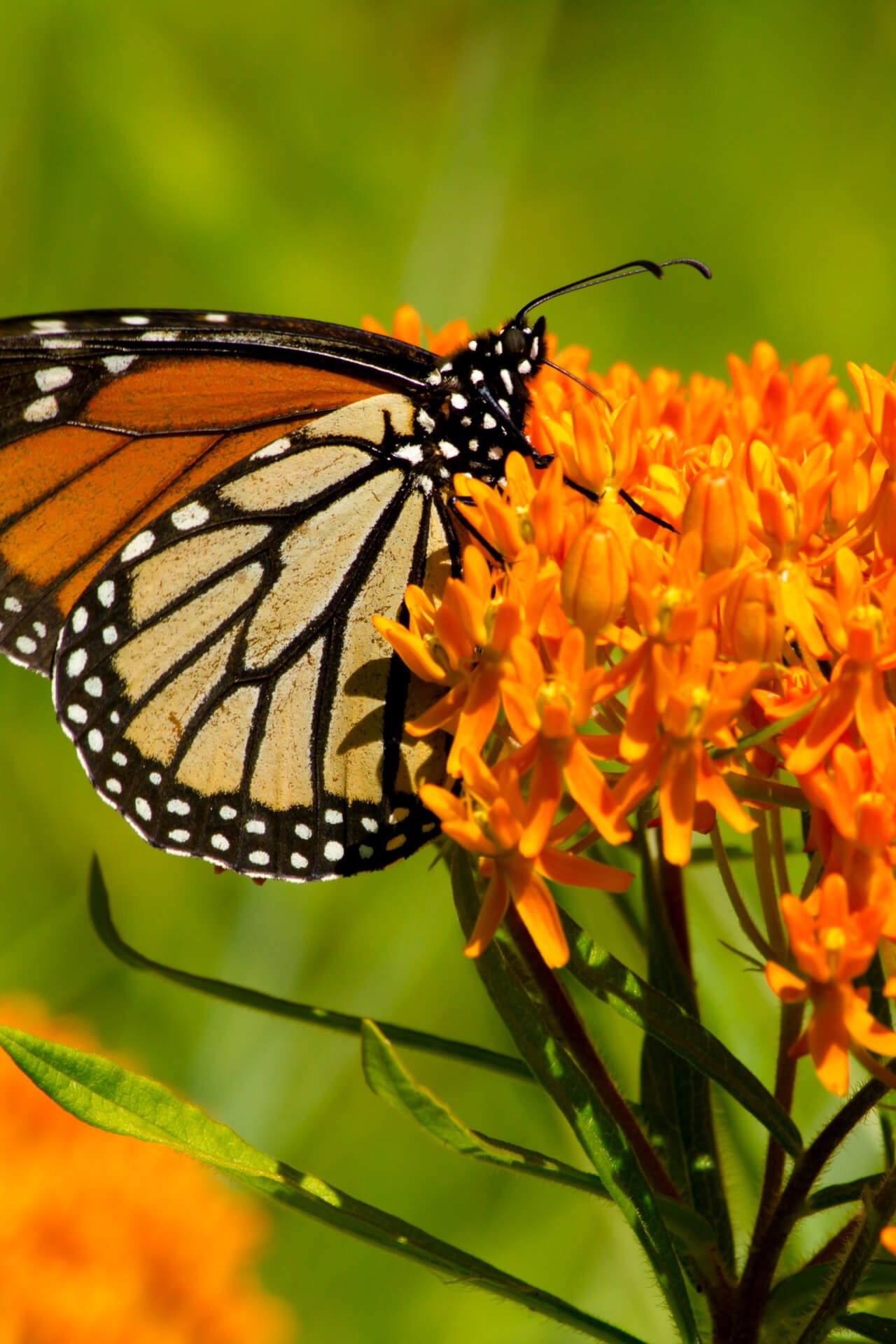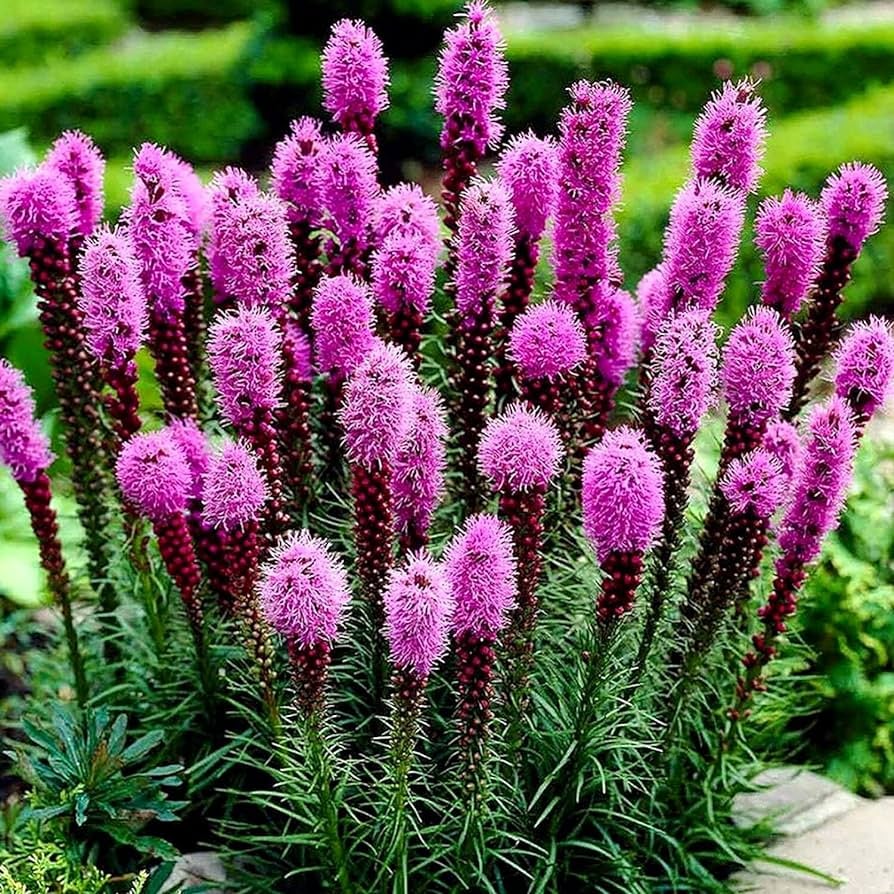Specialty Selections of Perennials
Filters
Filters
Perennial Gardening
Fall Blooming Perennials – Color That Lasts Until the Frost
Just when many gardens begin to fade, fall blooming perennials step up and steal the show. These plants bring rich, vibrant color and renewed life to your landscape when other blooms are winding down. Our collection of fall blooming perennials is curated to help you extend your garden’s beauty well into the cooler months with dependable, low-maintenance plants that return every year.
Late Season Blooms That Brighten Every Garden
Fall isn’t the end of the gardening season—it’s the grand finale. These perennials are chosen for their ability to bloom through shorter days and cooler nights, adding texture and color just when it's needed most. Whether you’re creating a pollinator-friendly patch or refreshing tired garden beds, these selections add beauty long after summer ends.
Top Fall Bloomers from Our Collection:
- New England Aster – Bold purple or pink blooms that attract butterflies late into the season.
- Goldenrod – A bright, pollinator-friendly bloomer that lights up the landscape in early fall.
- Black Cohosh – Elegant white flower spikes that shine in partial shade.
- Sedum ‘Autumn Joy’ – Fleshy foliage and long-lasting pink flowers that deepen as temperatures drop.
Why Choose Fall Blooming Perennials from TN Nursery?
We grow tough, native-friendly perennials that are shipped bare root and ready to thrive. These fall bloomers aren’t just beautiful—they’re built for lasting performance in real-world gardens. Whether you’re planting for wildlife, extending seasonal color, or creating late-season interest, our fall blooming perennials will rise to the occasion year after year.
Browse our collection and bring lasting color, texture, and life to your garden—right through the heart of autumn.
Easy to Grow
Successful Perennial Planting Guide
To plant bare root perennials, start by soaking the roots in water for an hour or two to rehydrate them. While they soak, dig a hole twice as wide as the root spread and deep enough to let the crown sit just at or slightly above ground level.
Preparing the Soil For Bare Root Perennials
Make a small mound in the center of the hole, spread the roots gently over it, and backfill with soil, firming it gently as you go to eliminate air pockets. Water well after planting to help the roots settle in. Avoid fertilizing right away—let the plant focus on root establishment first. Keep the soil moist (but not soggy) for the first few days while the plants adjusts and acclimates.
Grow Tips For Success
Tips For Optimal Growth for Perennials
After your perennials have taken root and begun to grow on their own, care becomes more hands-off. You don’t need to water them constantly—just check the soil now and then, and if it’s dry a few inches down, give them a good soak.
Mulching Perennials
Mulching helps, especially during hot weather, but don’t let it smother the base of the plants. In spring, trim back anything dead from the previous year. Prune or pinch back the faded and dying blooms during the season, though it’s not always necessary. Every few years, if they look crowded or stop blooming like they used to, dig them up and split the clumps. Doing that gives them space to breathe and keeps them going strong.

